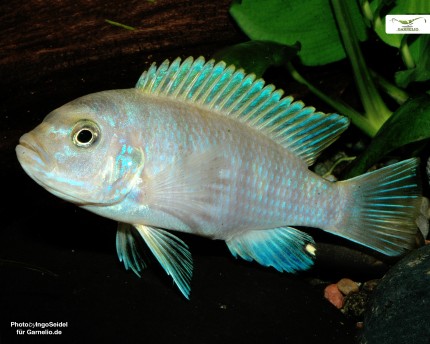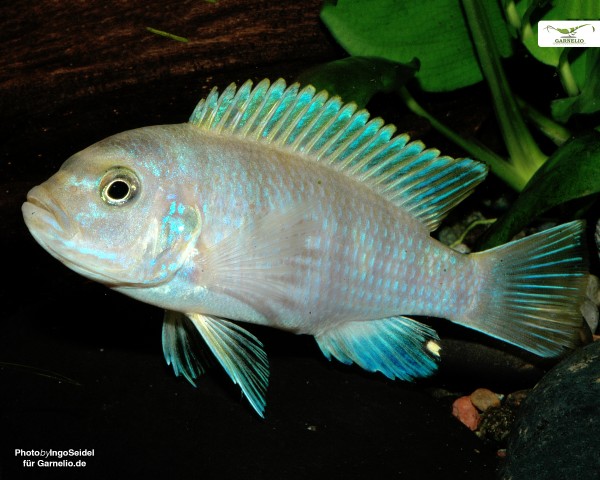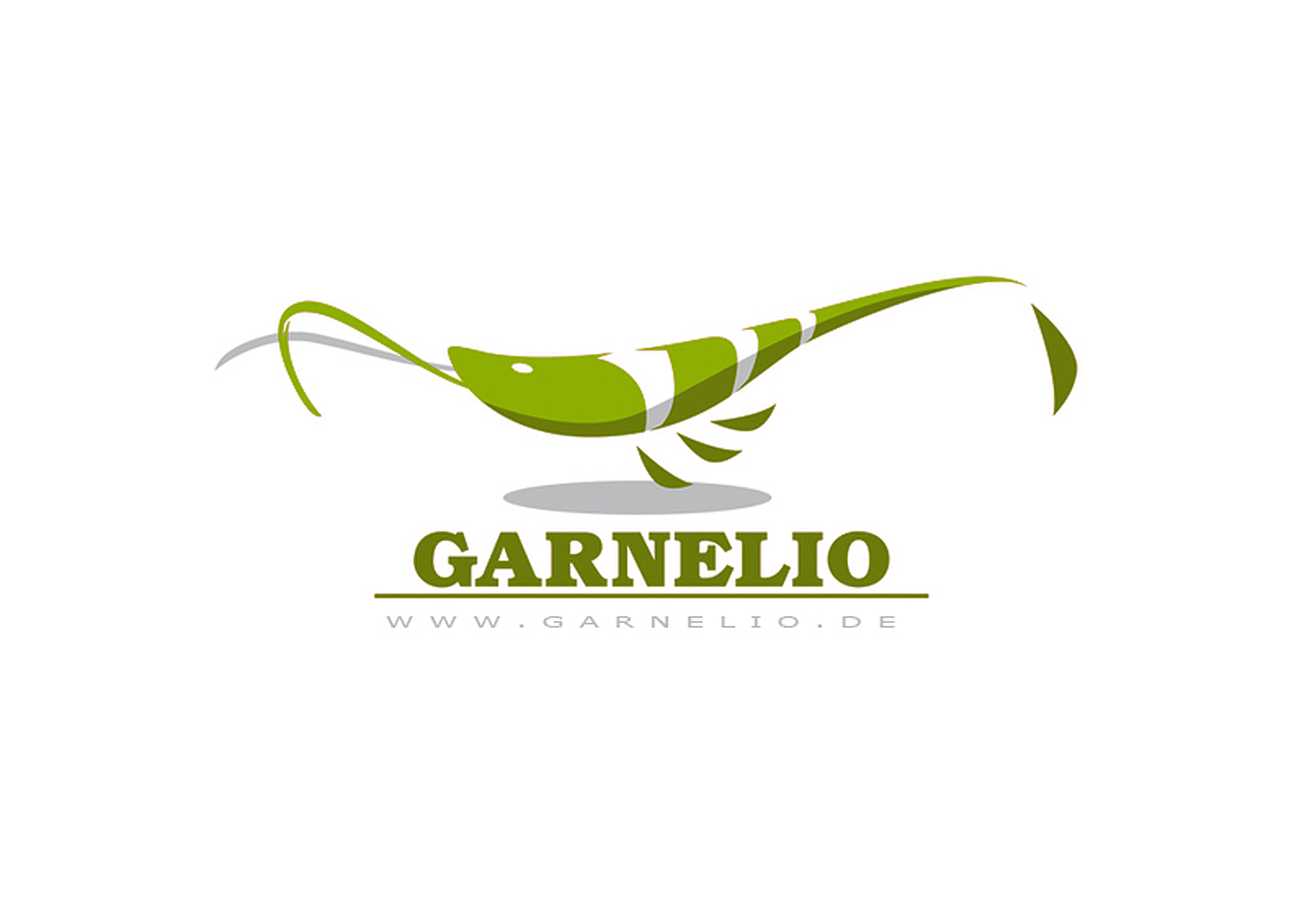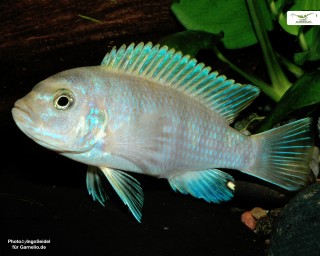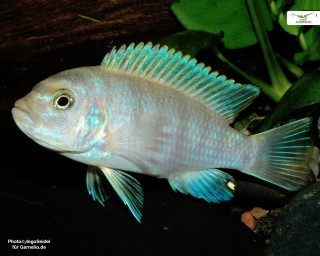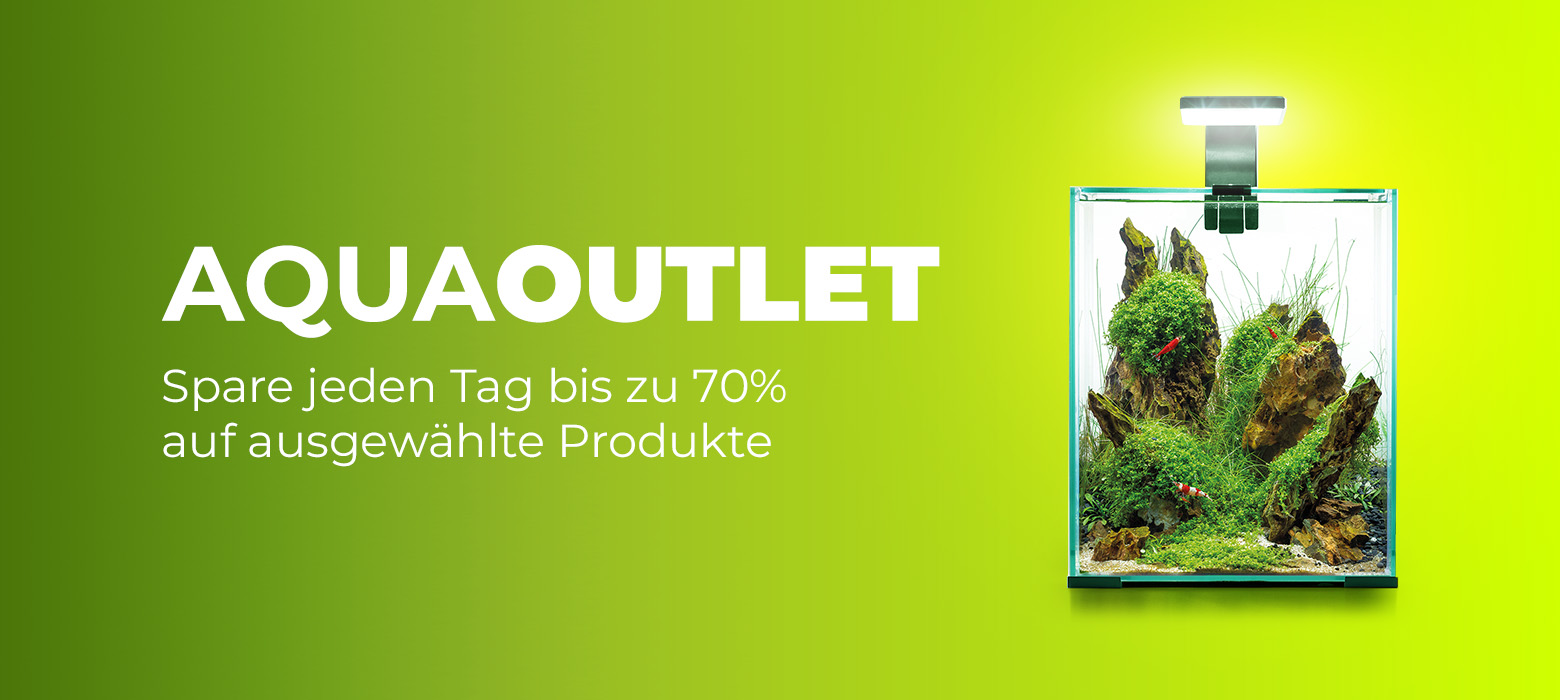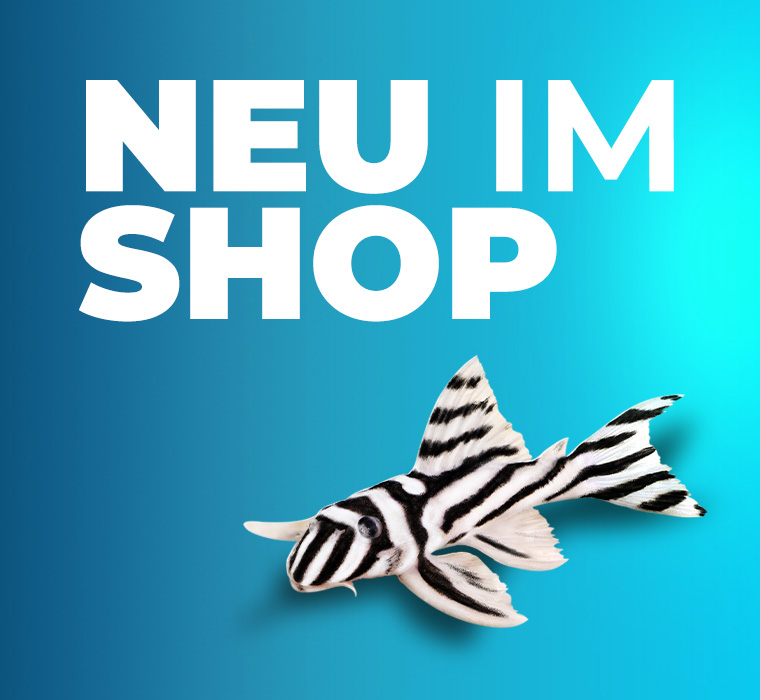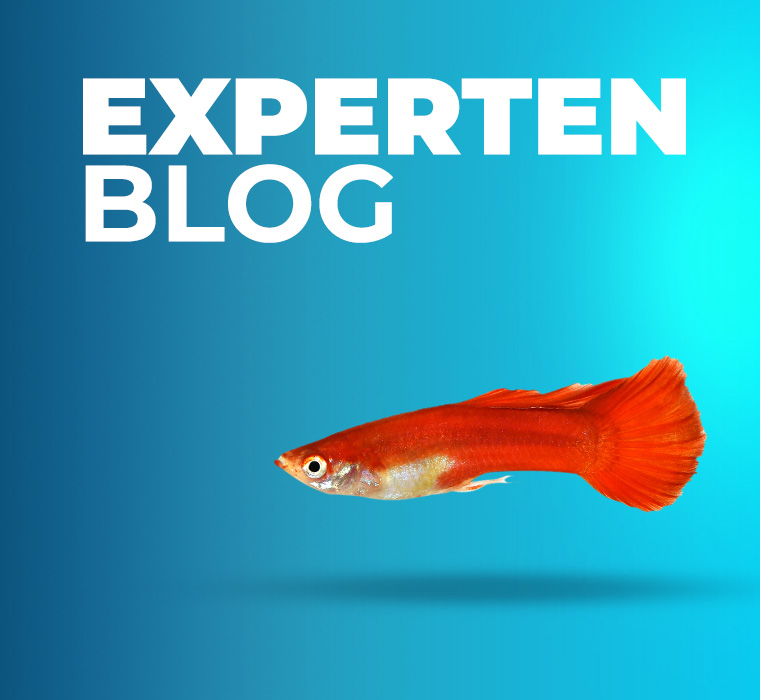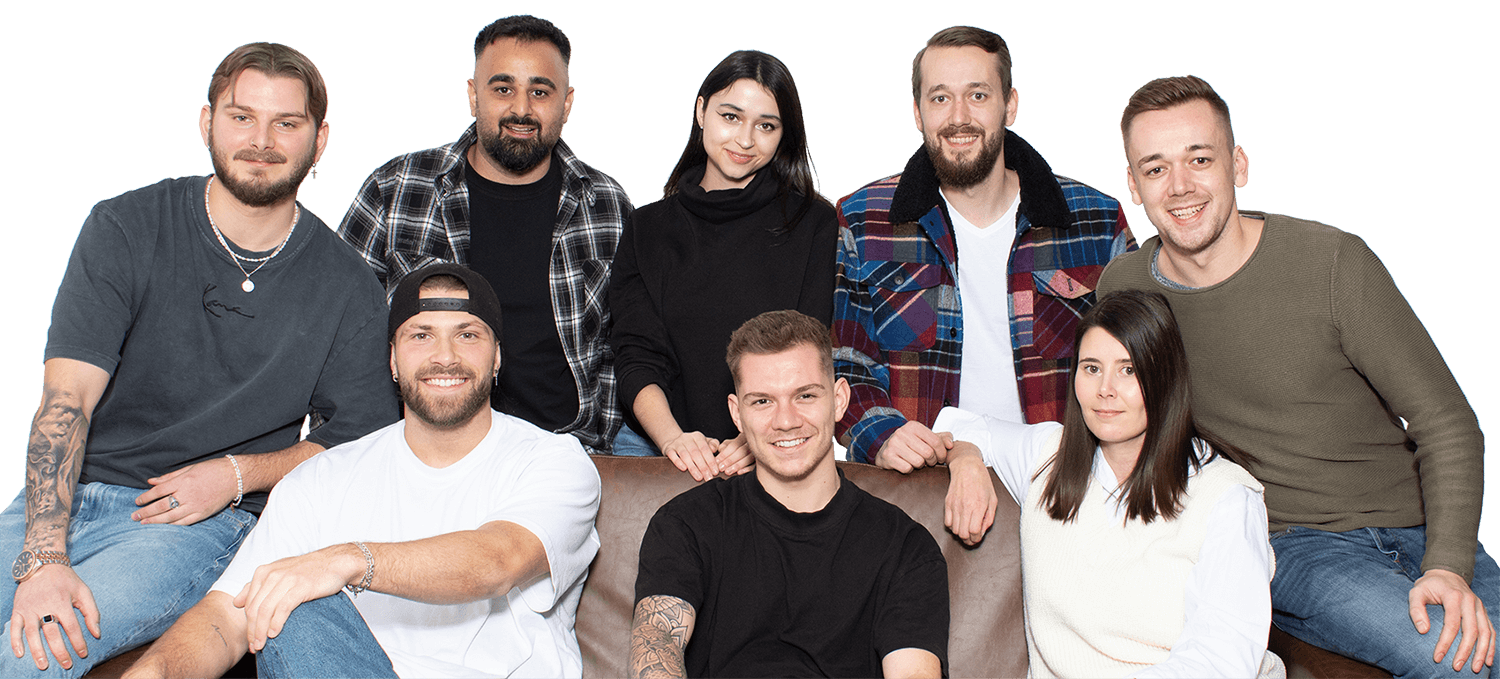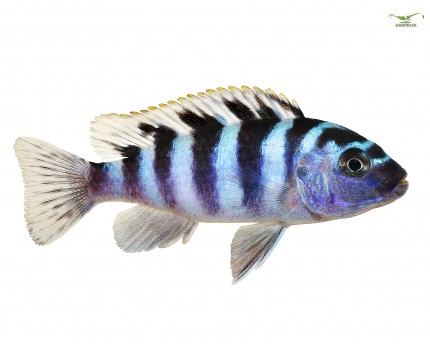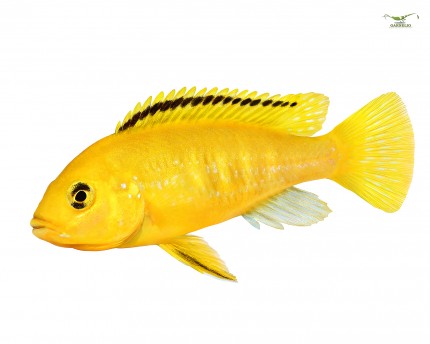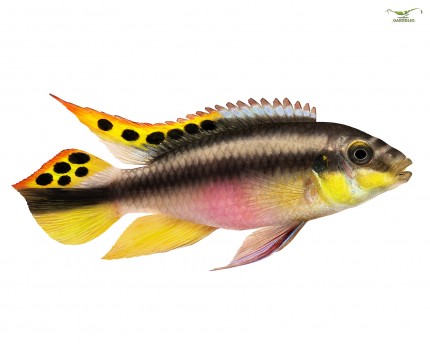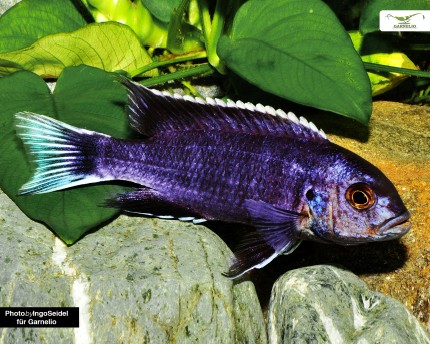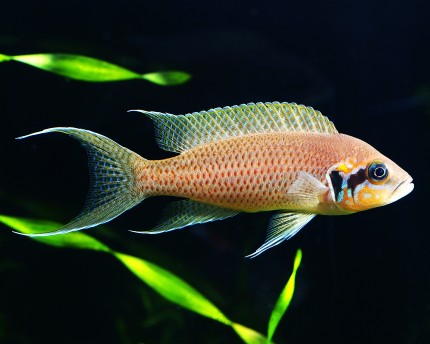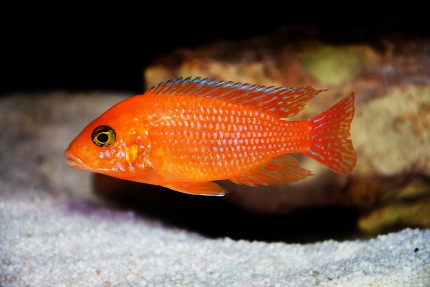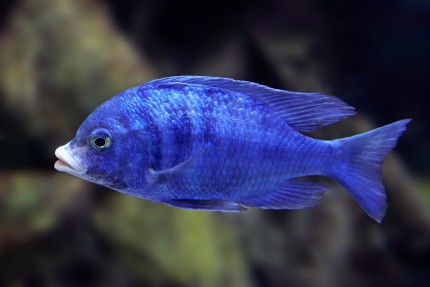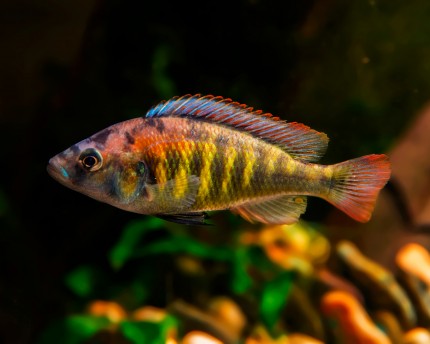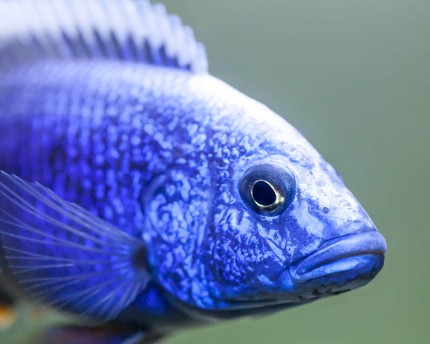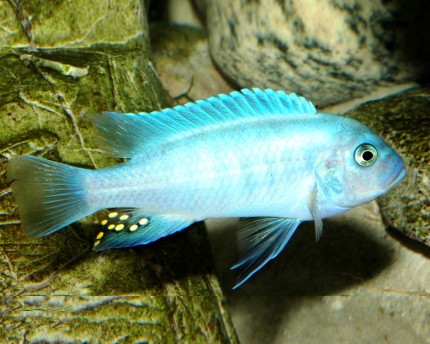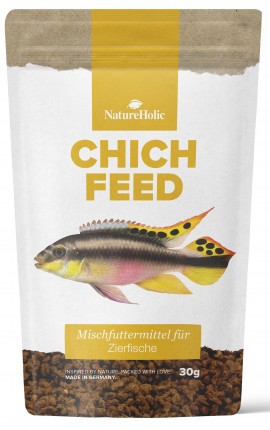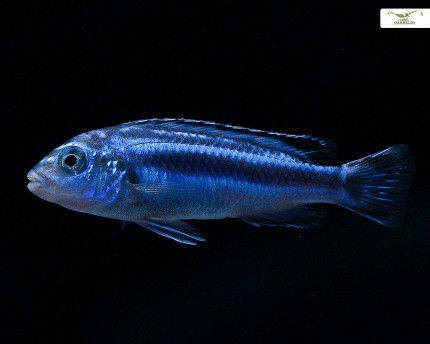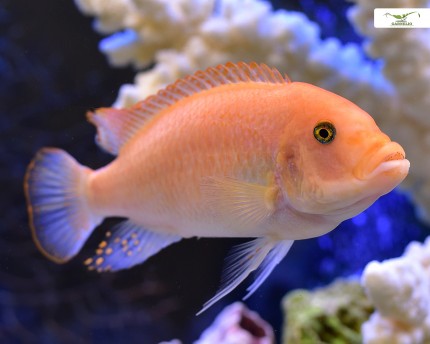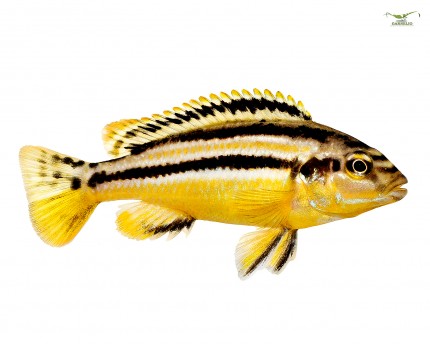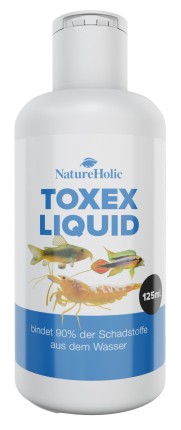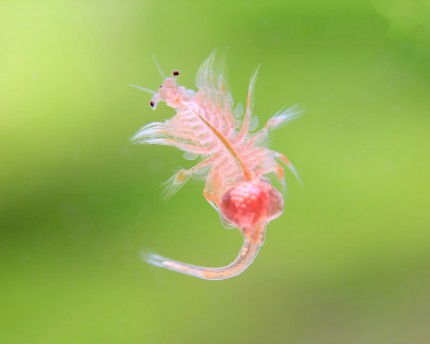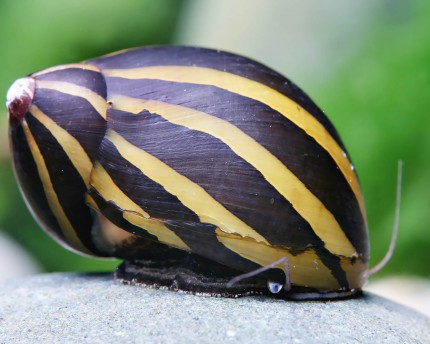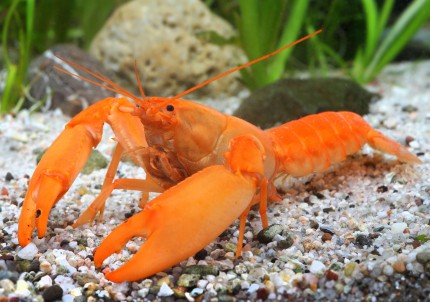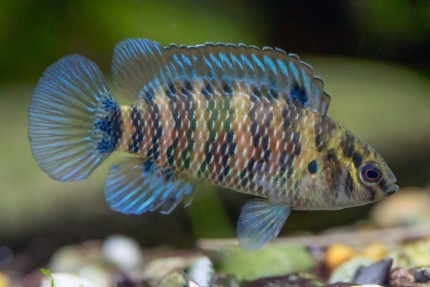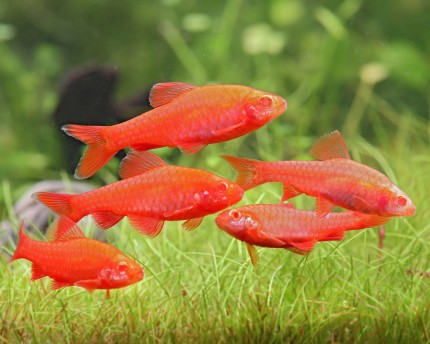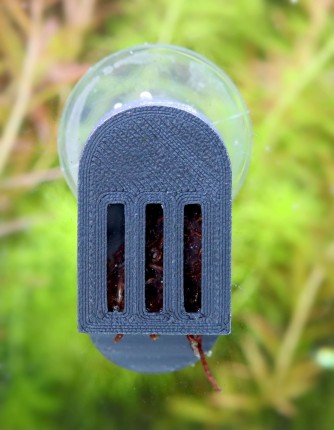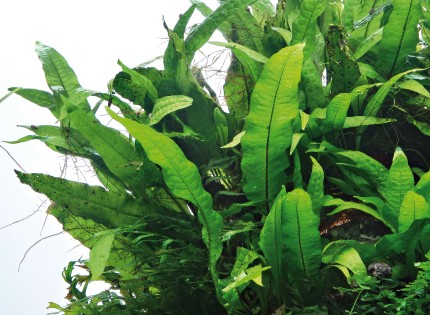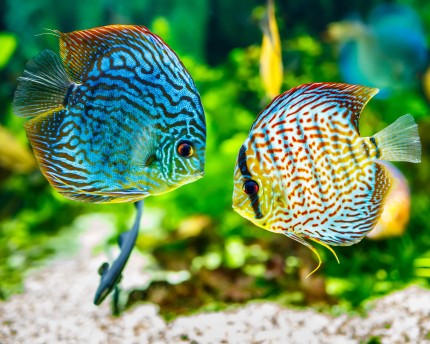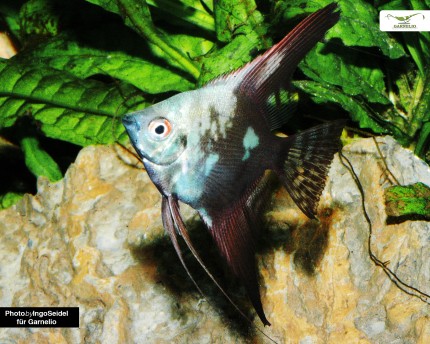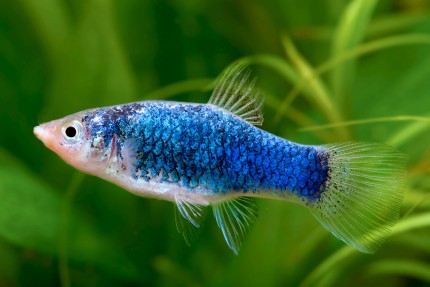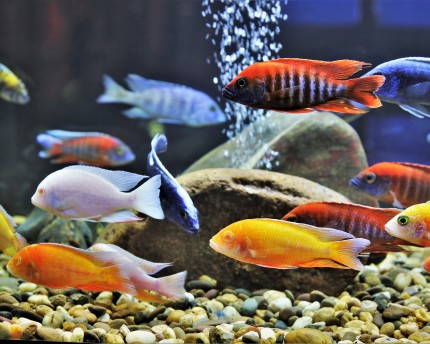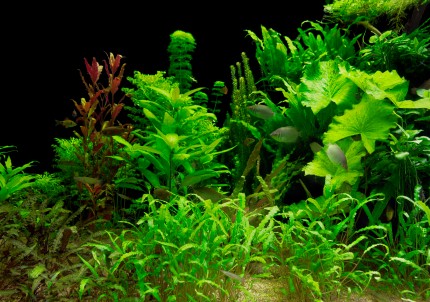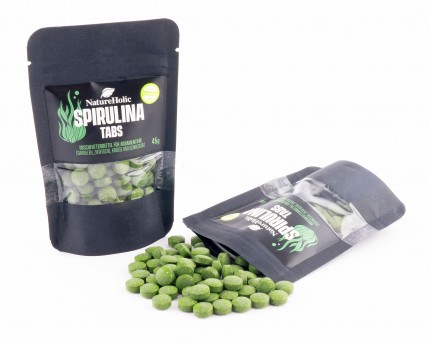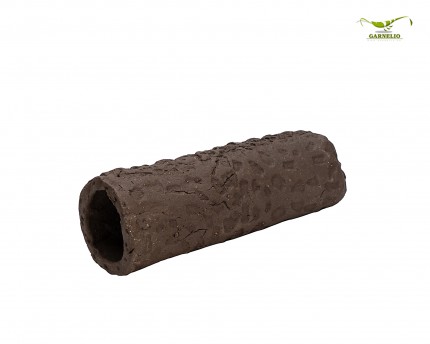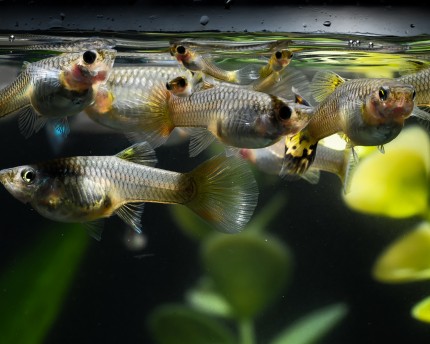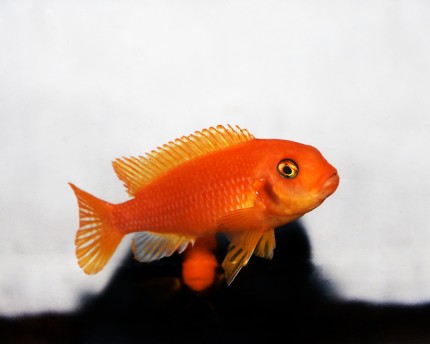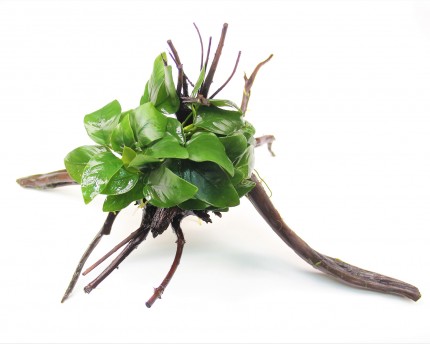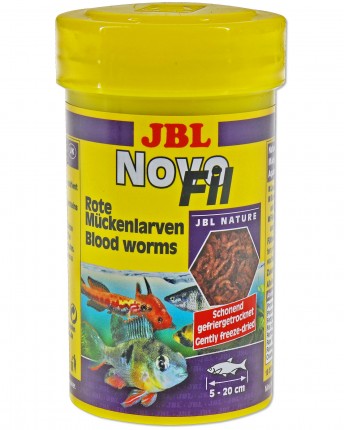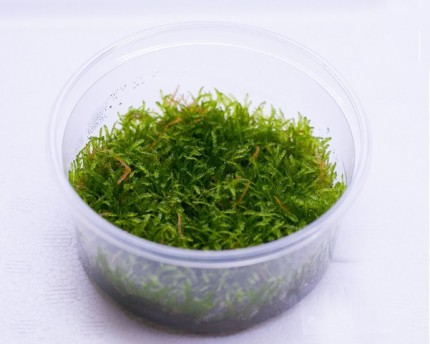incl. VAT plus shipping costs
Ready for shipment in 2 Day(s)
Delivery only innh. Germany and Austria possible.
Switch to the German store
- Item no: 7889
Fast delivery times
All products are in stock with us!14 years of breeding experience
Let our team of experts advise you!High customer satisfaction
from over 3,000 reviews "| Aquarium size: | 200 l (approx. 100cm) |
| Diet: | limnivorous - growth eater (algae) |
| Temperature: | 25-30 °C |
| Behavior: | Active |
| Feature: | Algae eater |
| with snails/shells?: | No |
| Fish group: | Cichlids |
| Water values: | Medium hard water |
| Planting possible?: | conditional* (see description) |
| Final size: | > 12cm |
| Pelvic region: | Center |
| Breeding: | medium |
| Difficulty: | 2 - Normal |
| Visual effect: | Especially colorful |
| Origin: | Africa |
| with large crabs?: | No |
| with fish?: | conditional* (see description) |
| with dwarf crabs?: | No |
| with shrimps?: | Socialization not possible |
| with crabs?: | No |
Endemic to Lake Malawi in Africa, the Lombard 's mouth breeder has been enriching the aquarium hobby since the early 1980s. Named after the American importer John Lombardo, this colorful cichlid was given the name Pseudotropheus lombardoi, but is also known by other names. In its habitat, the purple perch is a resident of the shore zones, but also the cliffs of the Mbenji Islands. With its great appearance it is a popular aquarium fish, which enriches a Malawi aquarium wonderfully.
Pseudotropheus lombardoi grows to about 15 cm in length, females remain slightly smaller, and has the typical perch body. There is a striking difference in color between the sexes: the males have a yellow base color with horizontal brown stripes that extend across the forehead, and have egg spots on the anal fin. Females turn purple-blue with the same stripe pattern. However, they do not have an egg spot on the fin. The mouth has conspicuous lip bulges.
These mouthbrooders also reproduce in the aquarium. At courtship time, the animals intensify their colors. When spawning, the female releases her eggs onto flat substrates and then collects them with her mouth. Since she also mistakes the egg spot on the male's anal fin for an egg, she snaps at it. At this moment, the male releases his sperm, fertilizing the eggs in the female's mouth. She releases fully developed young after about 20-35 days, occasionally still returning to her mouth for shelter.
Since the Lilapracht cichlids can be quite territorial and aggressive within the species, their aquarium should be at least 200 liters and well structured. This can be done especially with stone structures and slates. It should be considered that the structure has enough hiding places. A fine sand is suitable as substrate, but also additional slate plates to represent a rocky substrate in places, as the animals know it from their habitat. The planting plays a rather subordinate role with these herbivores and can be designed with perching plants such as Anubia, Bucephalandra or Javafarn . At a total hardness (GH) between 10 and 30 °dGH, as well as a pH-value of 7,5 and 8,5 these nicely drawn animals feel very well. The temperature may be 23-27 °C.
Lilac cichlids can be well socialized with other Malawi chiclids. Invertebrates and other fish should rather be avoided.
These herbivores are not choosy and can be fed quite easily in the aquarium with commercial dry food in the form of flake food or granulated food, but also food tablets for herbivorous ornamental fish. Live and frozen food such as cyclops, daphnia or artemia may be offered to them from time to time.
Our food recommendation: The NatureHolic Cichfeed has a grain size of 1.5 mm and is therefore also suitable for larger fish. NH Cichfeed is a soft granulate for predominantly carnivorous fish. It has the same consistency as small crustaceans and insect larvae that the fish eat naturally, and the soft granules protect the fish mouth from micro injuries that can be caused by hard feed granules.
Our plant recommendation: For planting, use NatureHolic InVitros. These are free of snails, planarians and other unwanted co-inhabitants. Also free of algae spores, bacteria and fungi.
Expert Tip: We recommend for fish keeping the NatureHolic 3 Phase Liquid. The care set offers the best all-round protection for your animals. It ensures optimal conditions for successful breeding and keeping.
| Scientific name: | Pseudotropheus lombardoi, Pseu-dotropheus liliancinius, Maylandia lombardoi |
| German Name: | Purplemouth Bass, yolk flower mouthbrooder, Lombard's mouthbrooder |
| Difficulty level: | for beginners |
| Origin/Distribution: | Lake Malawi, Africa |
| Coloration: | Male yellow base color with stripe pattern and egg spots on anal fin, female purple-blue with stripe pattern |
| Age expectancy | approx. 6 years |
| Water parameters: | GH 10-30 °dGH, pH 7.5-8.5, temperature 23-27° C |
| Tank size: | from 200 l |
| Food | Herbivores: dry food, granulated food, flake food, spirulina, live and frozen food: daphnia, artemia, cyclops |
| Breeding | easy |
| Behavior | territorial and aggressive towards conspecifics |
| Group size | 2 and up |
| Further information | Ten typical aquarium fish for beginners and alternatives to them, Tips for acclimating fish to the aquarium, Feeding aquarium fish properly - cheap food and what it can do |
- Item no: 7889
- EAN No.: 7427061496307
Entdecke die Garnelio Welt!
Garnelio gehört zu den größten Onlineshops für wirbellose Aquarientiere weltweit.
Viele Artikel gibt es exklusiv nur bei uns im Shop.

